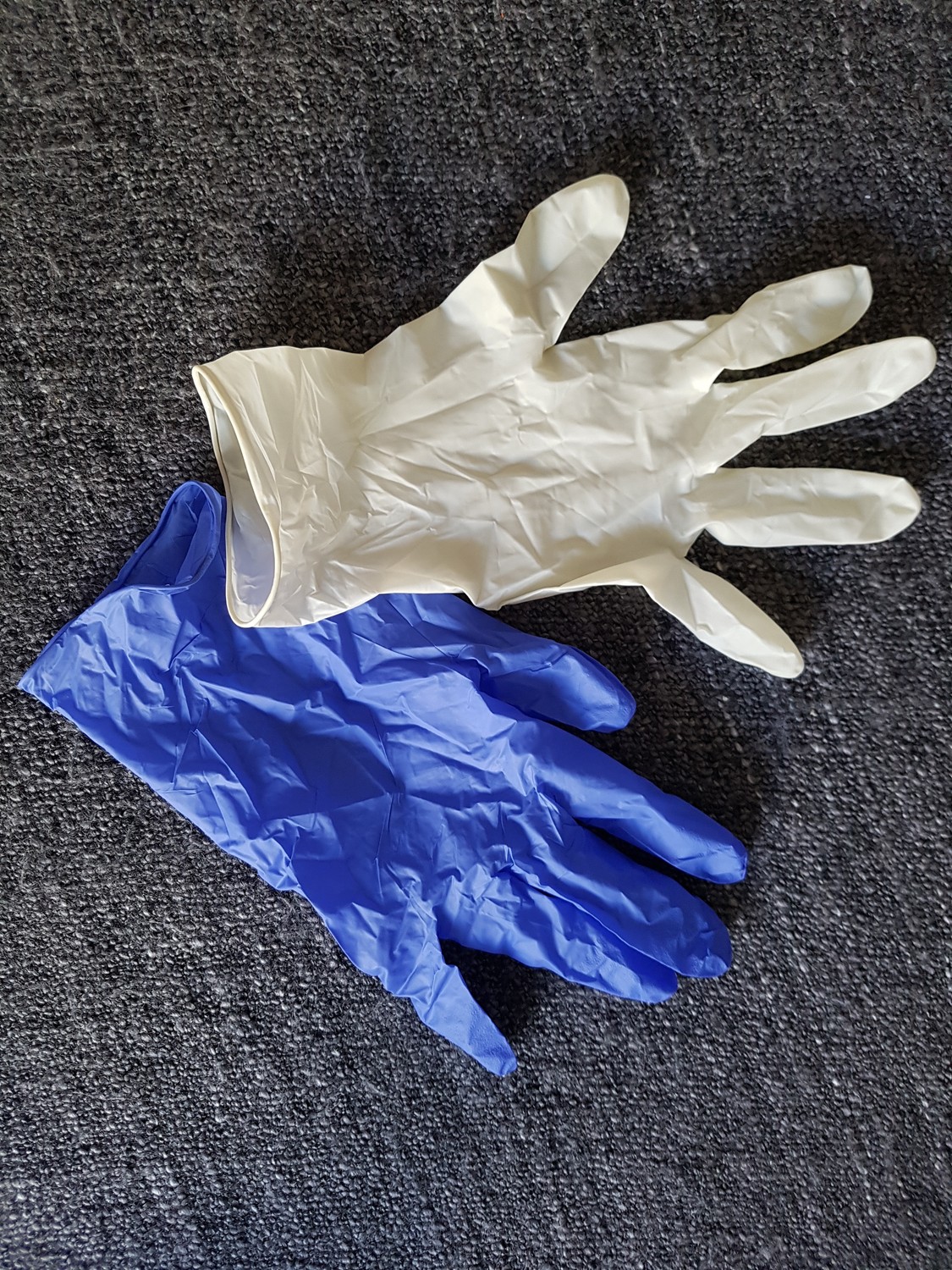
3 min read
Jun 30, 2025
Critical communication failures during initial contact create unnecessary barriers that prevent qualified caregivers from joining care teams.

Co-Founder & CEO
The Critical Nature of First Impressions
First touchpoint experiences significantly influence candidate decisions in healthcare recruitment, with research from the Society for Human Resource Management showing that candidates form lasting impressions within the first 60 seconds of interaction. Care facilities often underestimate how these initial moments shape perceptions of organizational culture, professionalism, and desirability as an employer.
In today's competitive job market, qualified healthcare professionals have multiple opportunities available and make quick decisions about which organizations merit their continued attention. A poor first impression can eliminate an otherwise strong candidate match before meaningful conversations about role fit and career opportunities can occur.
Common First Touchpoint Failures
Care facilities frequently create unnecessary barriers through delayed response times that leave candidates wondering about their application status, generic communication that fails to acknowledge individual qualifications or interests, complex application processes requiring excessive information upfront, lack of clear next steps or timeline expectations, and automated responses that provide no meaningful information or engagement.
These failures occur despite facilities desperately needing qualified staff, creating a disconnect between organizational needs and recruitment practices. Alita's hiring solution addresses these common pain points through intelligent automation that provides immediate, personalized responses to every candidate inquiry.
The Speed Imperative
Response speed dramatically impacts candidate engagement, with studies showing that facilities responding within one hour are 7x more likely to convert inquiries into interviews compared to those taking longer than 24 hours. However, many facilities rely on manual processes that create delays when HR staff are busy with other responsibilities or unavailable during evenings and weekends.
Modern candidates expect immediate acknowledgment of their interest, even if detailed follow-up occurs later. This initial response sets the tone for the entire recruitment experience and demonstrates organizational efficiency and respect for candidate time.
Try Alita Free for 30 days.
Chat with one of our specialists to get set up.
Personalization vs. Automation Balance
Successful first touchpoints balance efficiency with personalization, acknowledging specific candidate qualifications while providing relevant information about opportunities and organizational culture. Generic responses that could apply to any candidate or position fail to create the connection necessary for continued engagement.
Effective systems reference candidate experience, mention specific roles that align with their background, and provide targeted information about facility culture and benefits that appeal to their interests. Alita's voice AI technology enables personalized phone conversations that feel human while maintaining automation efficiency.
Clear Communication and Expectations
Candidates value transparency about the hiring process, including timeline expectations, required steps, and decision-making criteria. Facilities that clearly communicate these elements reduce candidate anxiety and demonstrate organizational professionalism that strengthens employer brand perception.
Ambiguous communication about next steps or unrealistic timeline promises create frustration that can cause qualified candidates to pursue other opportunities. Clear, honest communication builds trust and maintains candidate engagement throughout longer hiring processes.
Technology-Enabled Improvements
Modern recruitment technology enables immediate, personalized responses that address common first touchpoint failures. Intelligent systems can acknowledge applications instantly, provide relevant facility information, begin initial qualification conversations, and set appropriate expectations for follow-up timing.
These tools ensure consistent candidate experiences regardless of when applications are submitted or which staff members are available. The technology maintains engagement while human recruiters focus on complex evaluations and relationship building activities.
Measuring First Touchpoint Success
Care facilities can measure first touchpoint effectiveness through metrics including response time tracking, candidate engagement rates, application completion percentages, and feedback surveys about initial experiences. These measurements help identify improvement opportunities and validate the impact of process changes.
Facilities implementing optimized first touchpoint processes typically see 40-50% improvements in candidate engagement and significant reductions in application abandonment rates, leading to larger qualified candidate pools and faster hiring outcomes.
Summary
Care facilities lose 60% of applicants at first touchpoint due to delayed responses, impersonal communication, and unclear processes that frustrate qualified candidates. Successful facilities provide immediate, personalized responses within one hour that acknowledge candidate qualifications and set clear expectations. Technology-enabled improvements can increase candidate engagement by 40-50% while reducing application abandonment rates significantly.
More from Alita
See all blog posts
4 min read
Dec 19, 2025
Accelerate Patient Admissions With Virtual Care Coordinators in Skilled Nursing
5 min read
Dec 19, 2025
How Does AI in Healthcare Hiring Address Critical Caregiver Shortages?
6 min read
Dec 10, 2025
Can Senior Living Admissions Benefit From Instant Patient Lead Response?
4 min read
Nov 19, 2025
Stop Wasting Time on Unqualified Applicants: How Auto-Screening Protects Your Recruiters’ Time
4 min read
Nov 18, 2025
Alita Welcomes Longevity Market Pioneer Mary Furlong to Advisory Board
4 min read
Nov 18, 2025






